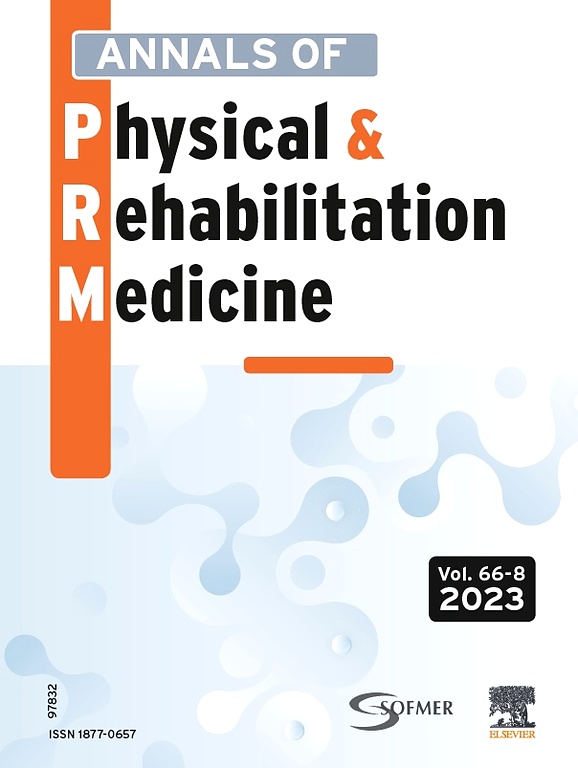
Gaseous and traditional forms of cryotherapy provide similar outcomes following TKA .
This report has been verified
by one or more authors of the
original publication.
Comparison of gaseous cryotherapy with more traditional forms of cryotherapy following total knee arthroplasty
Ann Phys Rehabil Med. 2012 May;55(4):229-40. doi: 10.1016/j.rehab.2012.03.004. Epub 2012 Apr 5Exclusive Author Interview
Dr. Demoulin discusses gaseous and traditional forms of cryotherapy in TKA
66 patients, who underwent TKA, were randomized into three groups to receive different types of cryotherapy therapy, to assess differences in functional outcomes. Patients underwent gaseous cryotherapy, cryotherapy using a gel pack, or cryotherapy using a Cryocuff water circulating device several times daily for 7 days following surgery. Results between the different cryotherapy techniques were similar and, thus, it was not determined which approach was the most effective.
Unlock the Full ACE Report
You have access to 4 more FREE articles this month.
Click below to unlock and view this ACE Reports
Unlock Now
Critical appraisals of the latest, high-impact randomized controlled trials and systematic reviews in orthopaedics
Access to OrthoEvidence podcast content, including collaborations with the Journal of Bone and Joint Surgery, interviews with internationally recognized surgeons, and roundtable discussions on orthopaedic news and topics
Subscription to The Pulse, a twice-weekly evidence-based newsletter designed to help you make better clinical decisions
Exclusive access to original content articles, including in-house systematic reviews, and articles on health research methods and hot orthopaedic topics

































































